The Nioh, known for their fierce guardian role at Buddhist temples, are statues that represent protective deities in pairs at temple gates across Japan and Asia. These iconic figures, with their powerful presence, symbolize “warding off evil and protecting righteousness” and have a longstanding place in Buddhist traditions. This article delves into the meaning and features of Nioh, as well as their role in the popular game series Nioh & Nioh 2.

Let’s learn about Nioh!
What is Nioh, the Deity?
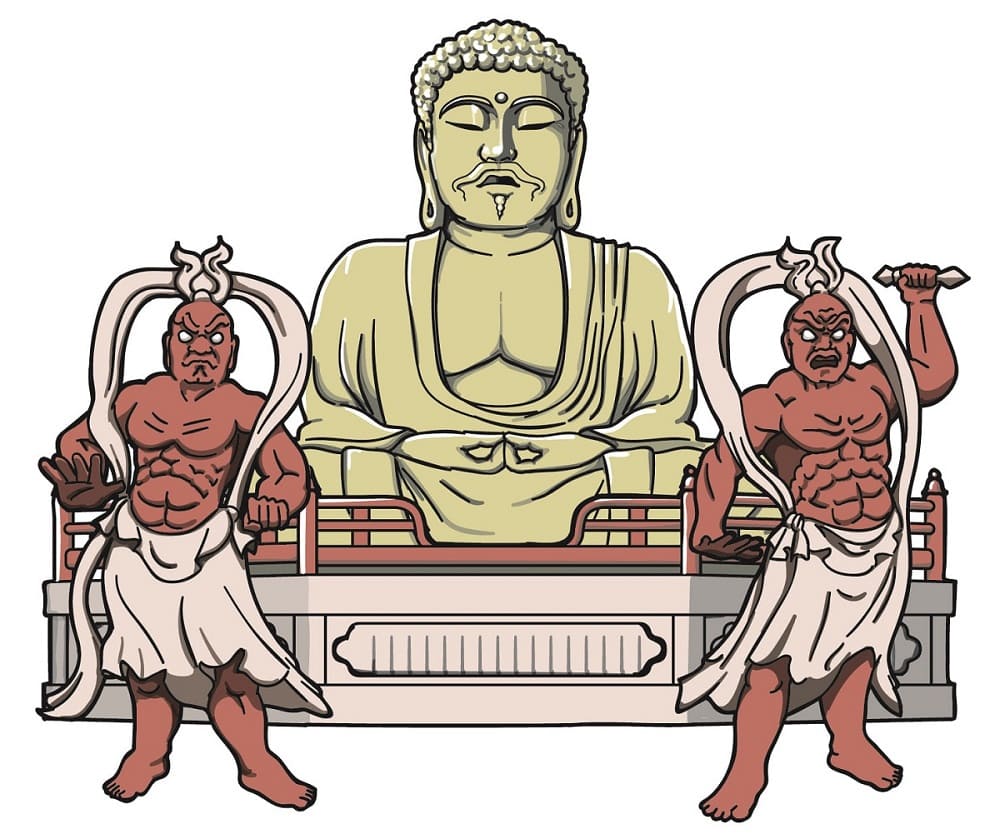
Nioh are guardian deities known for protecting sacred temple spaces from evil. In Japan, they are commonly represented as a pair: Agyo, with an open mouth, and Ungyo, with a closed mouth, each signifying different universal elements. With their powerful physiques and protective roles, Nioh serve as symbols of strength, guarding temples and believers alike.
Meaning in Sanskrit
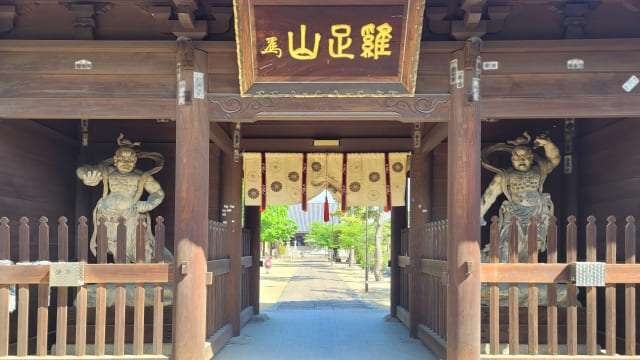
The name “Nioh” originates from the Sanskrit term Vajrapani, often translated in Japanese as Kongo Rikishi, meaning “Diamond (or Thunderbolt) Force.” This name conveys the unbreakable strength and intense power of Nioh. Represented by the sounds “A(阿)” and “Un(吽),” Agyo and Ungyo symbolize the beginning and end of the universe, embodying the essence of life and creation.
Characteristics and Role of Nioh
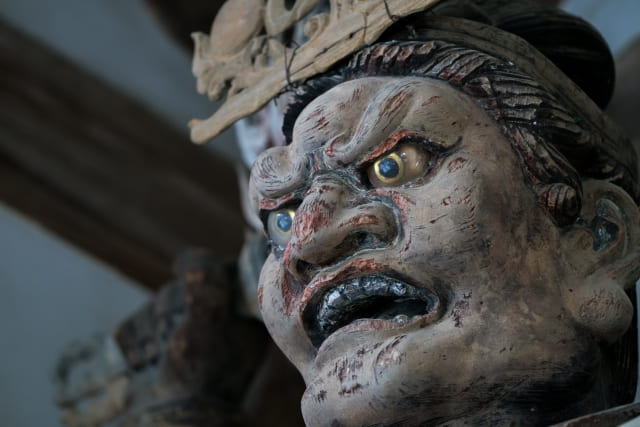
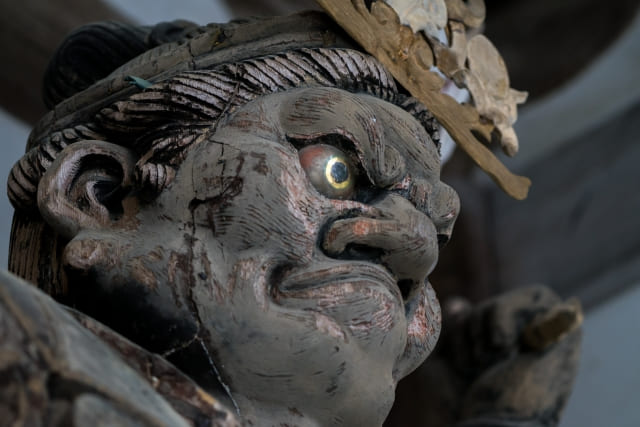
Nioh statues are characterized by their muscular bodies and fierce expressions. Agyo, with an open mouth, symbolizes “A” (the beginning of all things), while Ungyo, with a closed mouth, represents “Un” (the end). Together, they embody the cycle of existence, protecting all that lies within this cycle. Nioh’s role in Buddhism is to guard temples from evil forces and ensure a peaceful environment for worship.

There’s an expression “A-un no Kokyu” in Japan.

Yes! “A-un no Kokyu” refers to a Japanese expression describing perfect harmony or coordination between two people, where they understand each other’s intentions without the need for words.
Nioh’s Place in Buddhism
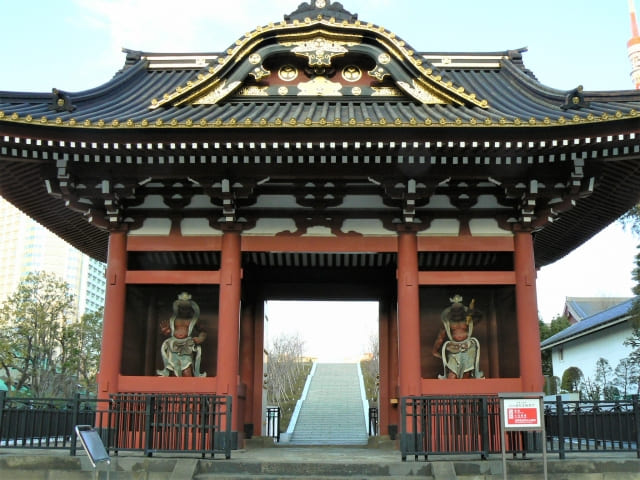
In Buddhist teachings, Nioh is seen as a defender of Buddha and a guardian of the faith. They are positioned at the entrance of temples as a visual and symbolic defense of these sacred spaces. Nioh statues help mark temples as holy places and provide visitors with a sense of safety, embodying the strength of Buddha’s teachings.
About the Game Nioh

Nioh & Nioh 2 are my favorite games!
The Role of Nioh in the Game
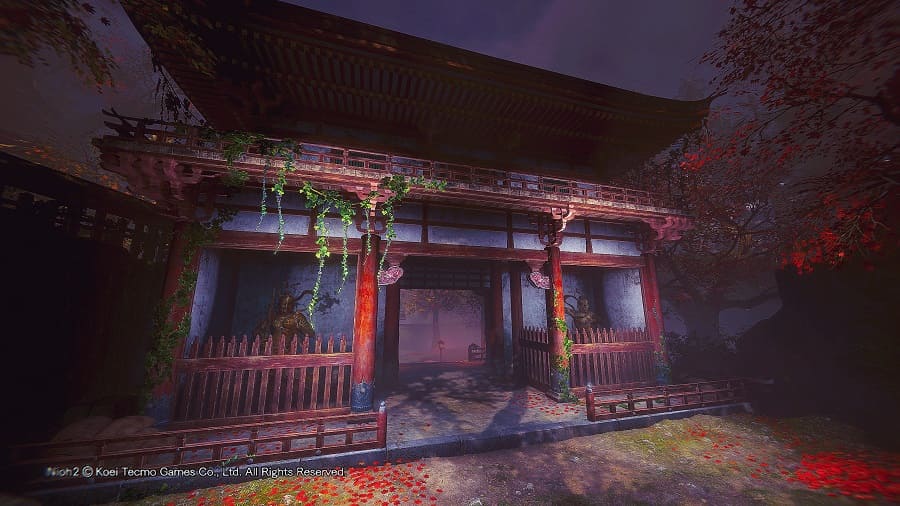
The popular game Nioh introduces Nioh in a setting where the main character confronts enemies and mythical creatures in a fictionalized Japanese world. Nioh appears as a symbolic guardian in the game, representing strength and protection. The game places Nioh as a powerful deity figure for the protagonist, representing a force to overcome.
Popularity and Impact of the Game
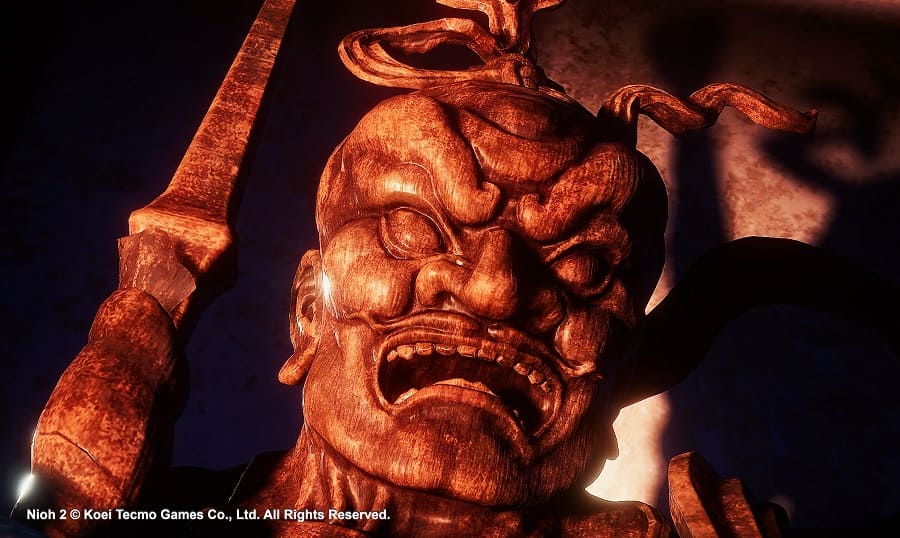
Nioh combines Japan’s history with fantasy elements, creating an immersive experience for players around the world. The inclusion of Buddhist deities and Japanese folklore elements enhances the game’s allure, even sparking greater interest in Japanese cultural and religious traditions.
Differences Between History and the Game
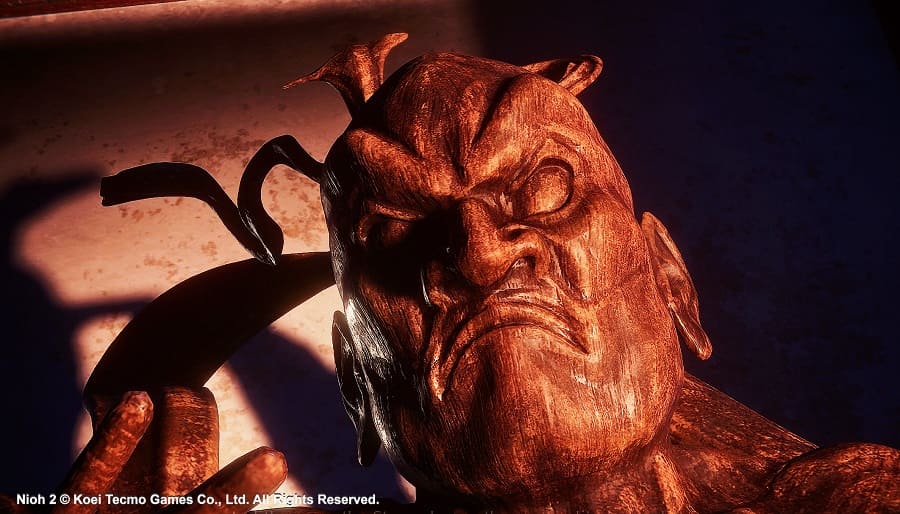
In the game, Nioh is portrayed with a more action-oriented role than in traditional Buddhist iconography. While historical Nioh statues primarily serve as temple guardians, the game amplifies their presence, casting them as mythical beings with the power to fight. This blend of fantasy and tradition adds a new layer to the historical role of Nioh.
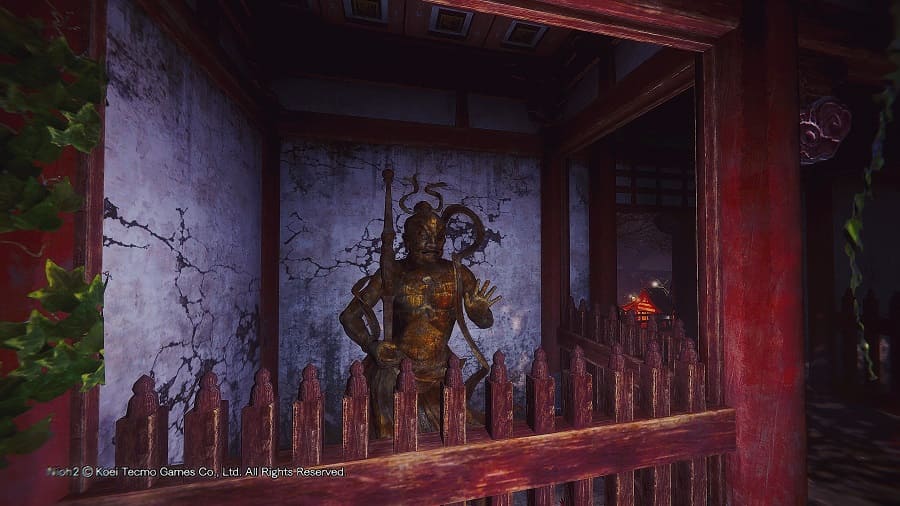
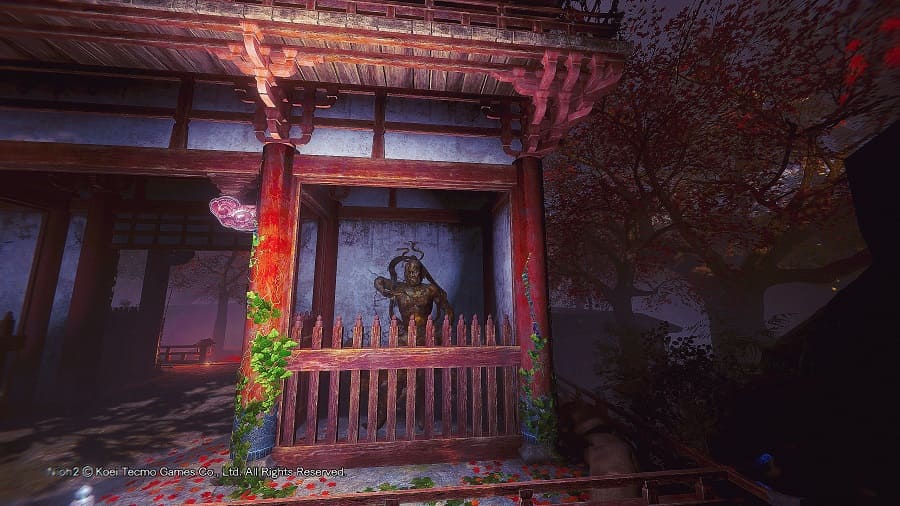
Nioh Q&A
- QWhy are there two Nioh statues?
- A
The pair of Nioh statues represent the sounds “Ah” and “Un,” symbolizing the beginning and end of all things. Together, they signify the cycle of the universe and serve to protect against evil forces.
- QWhat connection does Nioh have with Nioh statues?
- A
In Nioh, the Nioh are used as symbols of protection and strength for the protagonist. The game draws on Japanese historical and religious elements to enrich the story and its world.
Conclusion
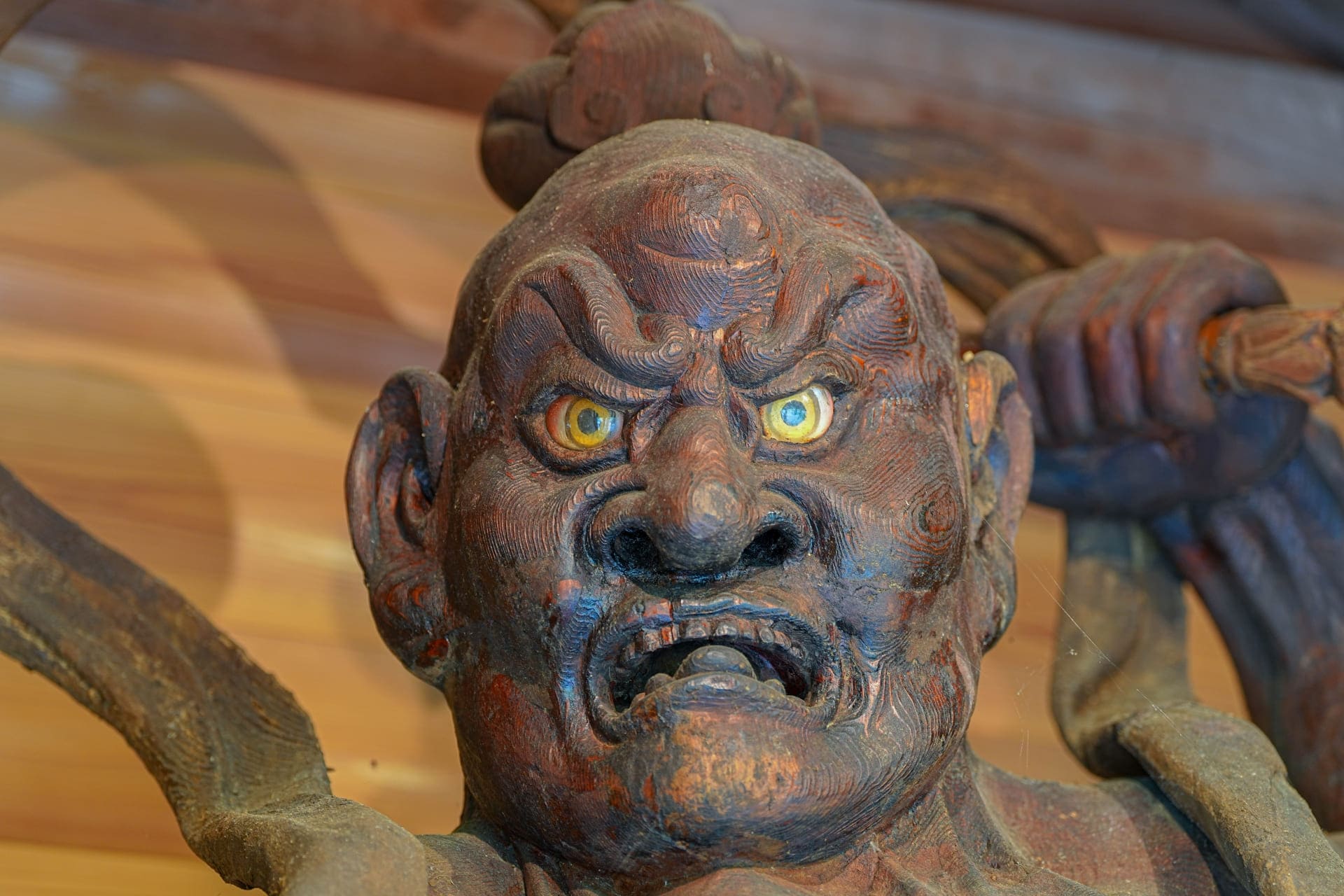
Nioh are revered as guardians in Buddhist temples, symbolizing the beginning and end of all things. The Sanskrit name Vajrapani denotes their immense strength and protective role. In the game Nioh, Nioh’s symbolic power and mystique are adapted to a fictional narrative, engaging a global audience with elements of Japanese culture and Buddhism. Understanding the meaning of Nioh deepens appreciation for their historical and cultural significance, creating a bridge between traditional beliefs and modern interpretations.


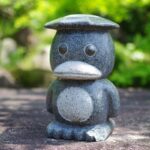

Comments